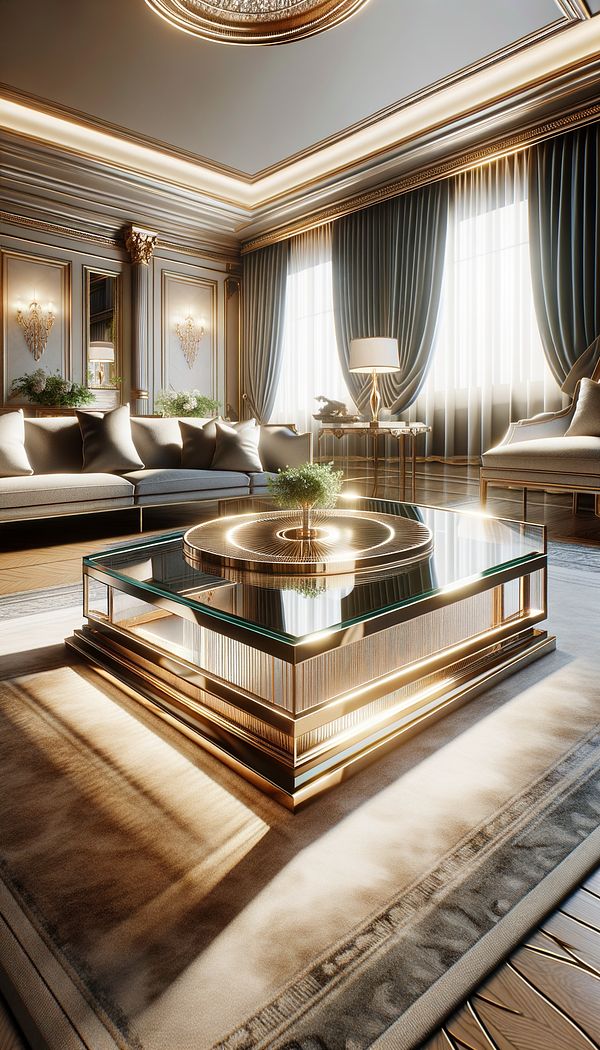What is a Beveled Edge?
A beveled edge refers to an edge of a structure that is not perpendicular to the faces of the piece.
Description
A beveled edge is a design detail that features an edge cut at an angle other than a right angle (90 degrees) relative to the surface of a material. This kind of edge can enhance the aesthetics of various interior elements by adding depth, shadow, and visual interest. The bevel cut usually slopes down and inward, softening the look of the piece and creating a more refined appearance. It is commonly found in furniture, mirrors, countertops, and tiles.
The creation of a beveled edge involves cutting the material's edge at a specific angle and length, which can vary depending on the desired effect and the type of material being used. This process can add both decorative and functional benefits, including reducing sharp edges that could be potential safety hazards, especially in homes with young children. The angle and depth of the bevel can also reflect light in different ways, contributing to the overall ambiance of a room.
Usage
In the realm of interior design, beveled edges are often used to add dimension and a touch of elegance to various pieces. For example, a beveled edge on a mirror can create a more sophisticated and finished look, while beveled edge tiles can add texture and character to kitchen backsplashes or bathroom walls. Additionally, furniture pieces like dining tables or sideboards with beveled edges can provide a sleek, modern aesthetic.
FAQs
-
Can beveled edges be applied to any material?
Beveled edges can be applied to a wide range of materials, including glass, wood, stone, and metal. However, the specific technique and tools used might vary depending on the material's properties.
-
Is there a functional benefit to having beveled edges?
Yes, one of the functional benefits of beveled edges is the reduction of sharp corners, which can be a safety hazard. Additionally, beveled edges can enhance the durability of certain items by making them less prone to chipping.
-
How can beveled edges affect the room's ambiance?
Beveled edges can catch and reflect light in unique ways, which can add visual interest and depth to the space. This can enhance the overall ambiance of a room by creating subtle lighting effects.
Practical Application
When incorporating beveled edges into your design, consider the type of ambiance you aim to create. For a sleek, sophisticated look, subtle beveled edges on furniture and mirrors can add refinement. In areas where safety and durability are a priority, like playrooms, beveled edges on tables and countertops can provide both style and functionality. Remember to choose the angle and depth of the bevel carefully to achieve the desired effect, whether it’s a soft, subtle transition or a more pronounced, sculptural detail.
-
Architectural Elements199 articles
-
Furniture Types599 articles
-
Decorative Techniques322 articles
-
Wall Treatments & Finishes157 articles
-
Kitchen & Bath37 articles
-
EmbroideryEmbroidery is the art of decorating fabric or other materials with needle and thread or yarn.
-
Tongue & GrooveTongue & Groove is a method of fitting similar objects together, edge to edge.
-
BentwoodBentwood refers to a technique and style of woodworking where wood is bent into curved shapes.
-
GrainGrain refers to the lines or patterns seen in wood or stone, arising from their natural growth or formation processes.
-
Kiln DriedKiln drying is a process of removing moisture from wood by using a kiln.
